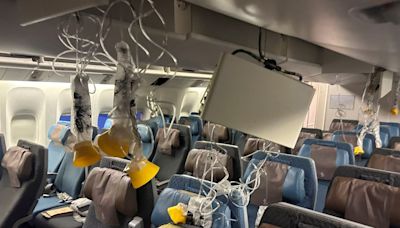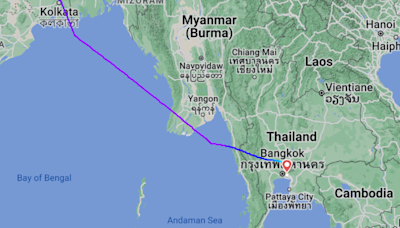Search results
Mar 3, 2023 · What is turbulence? The definition of turbulence is fairly straightforward: chaotic and capricious eddies of air, disturbed from a calmer state by various forces. If you’ve ever...
TURBULENCE definition: 1. a state of confusion without any order: 2. strong sudden movements within air or water: 3. a…. Learn more.
turbulence, In fluid mechanics, a flow condition ( see turbulent flow) in which local speed and pressure change unpredictably as an average flow is maintained. Common examples are wind and water swirling around obstructions, or fast flow ( Reynolds number greater than 2,100) of any sort.
Sep 12, 2022 · Turbulence is a fluid flow in which layers mix together via eddies and swirls. It has two main causes. First, any obstruction or sharp corner, such as in a faucet, creates turbulence by imparting velocities perpendicular to the flow. Second, high speeds cause turbulence.
Jan 29, 2022 · Indeed, the reason for this complexity is a gradual development of very intricate, timedependent fluid patterns, called turbulence, rich with vortices - for example, see Figure 16. These vortices are especially pronounced in the region behind the moving body (the so-called wake), while the region before the body remains almost unperturbed.
turbulent flow, type of fluid (gas or liquid) flow in which the fluid undergoes irregular fluctuations, or mixing, in contrast to laminar flow, in which the fluid moves in smooth paths or layers. In turbulent flow the speed of the fluid at a point is continuously undergoing changes in both magnitude and direction.
- link.springer.com
- › Turbulence
Jan 1, 2015 · This first chapter illustrates the interest of turbulent flows. Numerous definitions and general concepts are introduced to characterize turbulence. Some practical consequences are also briefly described. On the whole, transport is very efficient in a turbulent flow,...





